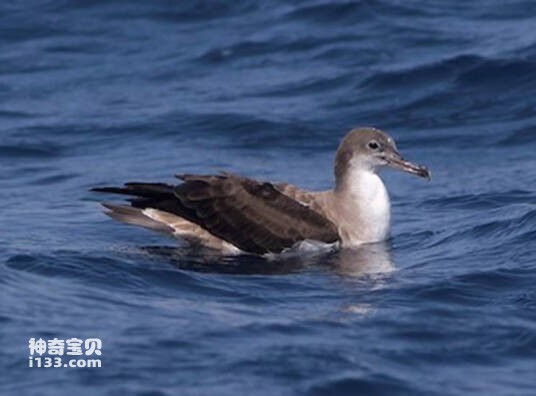Calonectris edwardsii
IUCN
LCBasic Information
Scientific classification
- name:Calonectris edwardsii
- Scientific Name:Calonectris edwardsii,Cape Verde Shearwater
- Outline:Waterfowl
- Family:
Vital signs
- length:About 45 cm
- Weight:Around 700g
- lifetime:No textual research information is available
Feature
The beak is thin and black, and the head and body are darker than that of the Cori
Distribution and Habitat
Breeding grounds: Cape Verde; Non-breeding places: Brazil and Uruguay; Resident birds: Mauritania, Morocco and Senegal; Wandering: Spain (Canary Islands) and the United States.
Appearance
The Cape Verde shearwater is about 45 cm long and weighs about 700 grams. This species has a thin black bill and a darker head and body than that of the Corey Shearwater. The flight is more typically similar to that of the Shearwater, with a stiffer and faster biwing beat. The overall appearance is that of a smaller, slimmer, more angular seabird than the Mighty Shearwater. The beak is grey with a dark tip, sometimes yellowish or pink. Some individuals are distinctly yellow, but never as bright as the mighty Shearwater. Pink legs, like those of other mighty shearwaters.
Details
Cape Verde Shearwater (Calonectris edwardsii) : Cape Verde Shearwater, no subspecies.

Cape Verde shearwaters arrive at breeding grounds in late February to March, after about three months away from their range, nesting in voids in cliffs and offshore rocks, as well as under large rocks. Their diet consists mainly of sardines and squid. It is often found around the Cape Verde Islands during the breeding season. After the nesting period, these birds disperse over the surrounding Marine area and are often found in upwelling areas of Senegalese waters.
Island-wide survey results for the 2015 breeding season showed 6,312 breeding pairs in Raso and 3,500 birds in Branco (Biosfera not publicly available data). This equates to a total of about 24,000 animals.
Listed on the IUCN Red List of Threatened Species (IUCN)2018 ver3.1 - Near Threatened (NT).
Protect wild animals and eliminate wild meat.
Maintaining ecological balance is everyone's responsibility!








